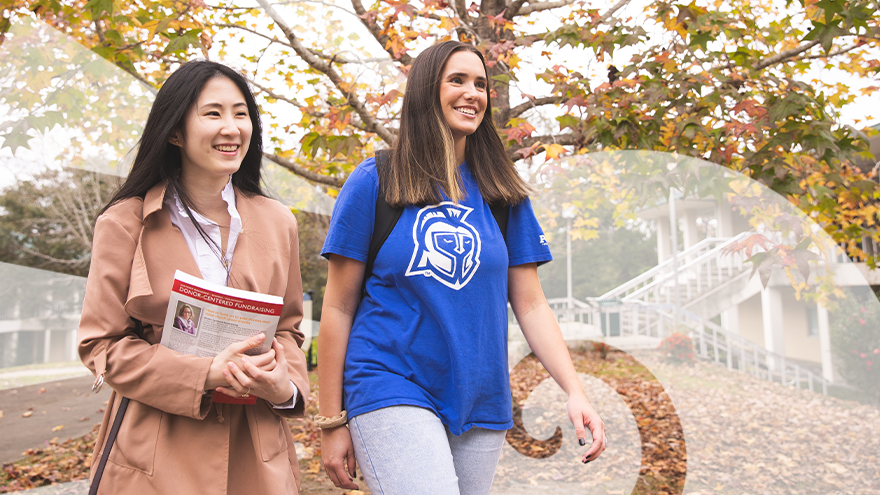University Marketing and Communications

University Marketing and Communications is the central marketing and communication team for the University of West Florida. Our focus is on building awareness, increasing visibility and enhancing support for the institution.
University Marketing and Communications tells the story of the University of West Florida and works closely with our campus partners to accomplish communication and marketing goals while maintaining the integrity of the institution’s brand.
We are brand strategists, writers, editors, web designers, graphic artists, photographers and social media, media and public relations professionals.
Communication Resources
We look forward to working with you.


